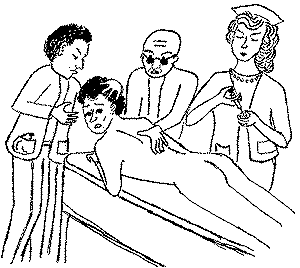(Terrorism- the use of violence and threats to intimidate or coerce 2. the state of fear and submission produced by terrorism or terrorization).
Though many states criminalize making a “terrorist” threat, it isn't always necessary for the person's threat to cause someone else to experience fear or terror. The actions of the accused are what determine whether a crime has been committed, and it is not always dependent on the emotions of others. In some states, however, making someone afraid or terrified as a result of your threat is enough to make it a terrorist threat.
Unlike the offense of "menacing," the victim (or victims) does not have to be placed in reasonable apprehension of immediate injury.
Lets look up menacing
The definition of the criminal offense of Menacing varies by state. (1) A person commits the crime of menacing if by word or conduct the person intentionally attempts to place another person in fear of imminent serious physical injury.
Take these pills or you will be injected (with neuroleptics) ... How do you feel about that ?
"Imminent serious physical injury"


Neuroleptic malignant syndrome (NMS) is a life-threatening neurological disorder most often caused by an adverse reaction to neuroleptic or antipsychotic drugs. NMS typically consists of muscle rigidity, fever, autonomic instability, and cognitive changes such as delirium, and is associated with elevated plasma creatine phosphokinase.
The first symptoms of neuroleptic malignant syndrome are usually muscle cramps and tremors, fever, symptoms of autonomic nervous system instability such as unstable blood pressure, and alterations in mental status (agitation, delirium, or coma). Once symptoms appear, they may progress rapidly and reach peak intensity in as little as three days. These symptoms can last anywhere from eight hours to forty days. The muscular symptoms are most likely caused by blockade of the dopamine receptor D2, leading to abnormal function of the basal ganglia similar to that seen in Parkinson's disease.
I would like to say we need a law against threatening, coercing , menacing and terrorizing patients but we already have those laws.
My next time online I am going to take a look at the patient bill of rights and see what it says but I think patients are already "protected" from the every day common practice of coercing patients into compliance by using threats of dangerous painful injections of mind numbing drugs with a long list of health hazards including death.





